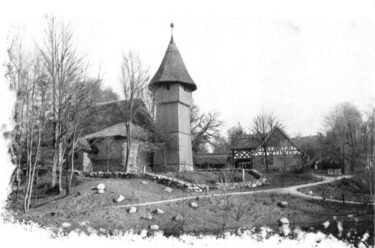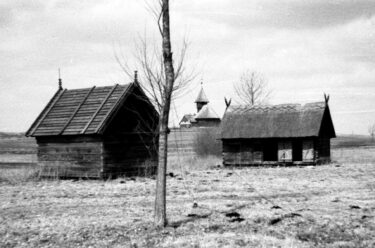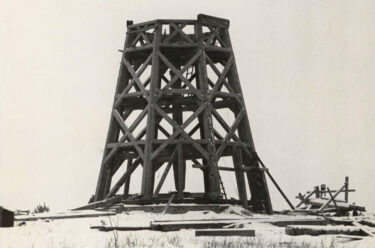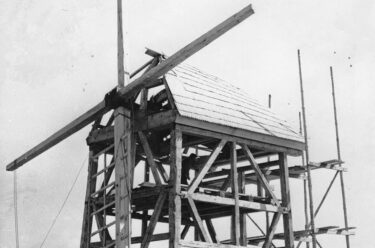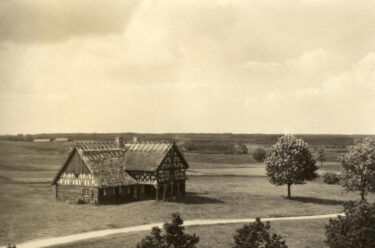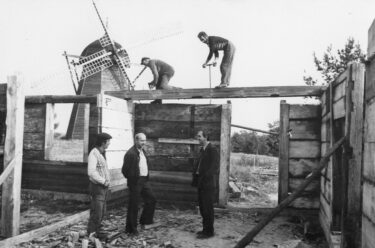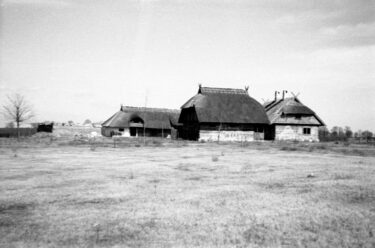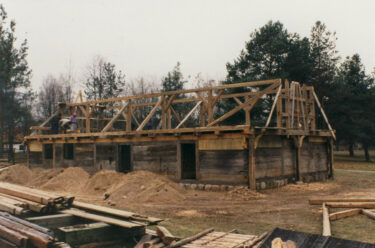Poznaj lepiej nasz region:

The area of the Królewiecki Zoological Garden was chosen as the seat of the museum. The development plan assumed the transfer to its area of the most characteristic buildings for each of the regions included in East Prussia.
Due to the poor condition of the buildings intended for translocation, it was decided to build a copy. In the years 1910-1913, about 20 buildings from the 18th and 19th centuries were built, representing residential, religious, industrial and economic buildings. There were also two archaeological sites on the premises of the museum.
1937
Due to the limited area of the Królewiecki Zoological Garden, it was decided to move the objects to Olsztynek, in the vicinity of which there was the Mausoleum of the President of the Reich, Field Marshal Paul Hindenburg, and which became a place of numerous excursions from Germany. The museum of rural architecture was to increase the attractiveness of the area.
1938
-1942
The translocation was performed in the years 1938 – 1942. Not all objects were successfully moved. From the original design, 12 buildings have been preserved.
1950
After the war, the facilities were secured. The works were carried out under the supervision of the Provincial Conservator of Monuments in Olsztyn. The expansion of the museum began in the late 1950s.
1962
It was given the name of the
Ethnographic Park
that functioned as a branch of the Museum
Mazurski in Olsztyn.
1969
Establishment of a museum
The Ethnographic Park obtained the status of an independent institution under the name of the Museum of Folk Architecture – Ethnographic Park.
1985
Its organizational structures included 2 facilities in the center of Olsztynek: the Exhibition Hall in the former Evangelical church and the tower on the line of the city’s defensive walls, which now houses a museum devoted to the life and work of Krzysztof Celestyn Mrongowiusz – the defender of the Polish language and Polish cultural tradition in Masuria.
1998
Museum as a cultural institution
Since 1998, the Museum has been a cultural institution maintained by the local government of the Province of Warmia and Mazury.
2008
It was entered in the State Museum Register kept by the Minister of Culture and National Heritage.
Otwiera się w nowym oknie. Otwiera zewnętrzną witrynę. Otwiera zewnętrzną witrynę w nowym oknie. Opens in a new window. Opens an external site. Opens an external site in a new window. Wird in einem neuen Fenster geöffnet. Öffnet eine externe Site. Öffnet eine externe Site in einem neuen Fenster.
